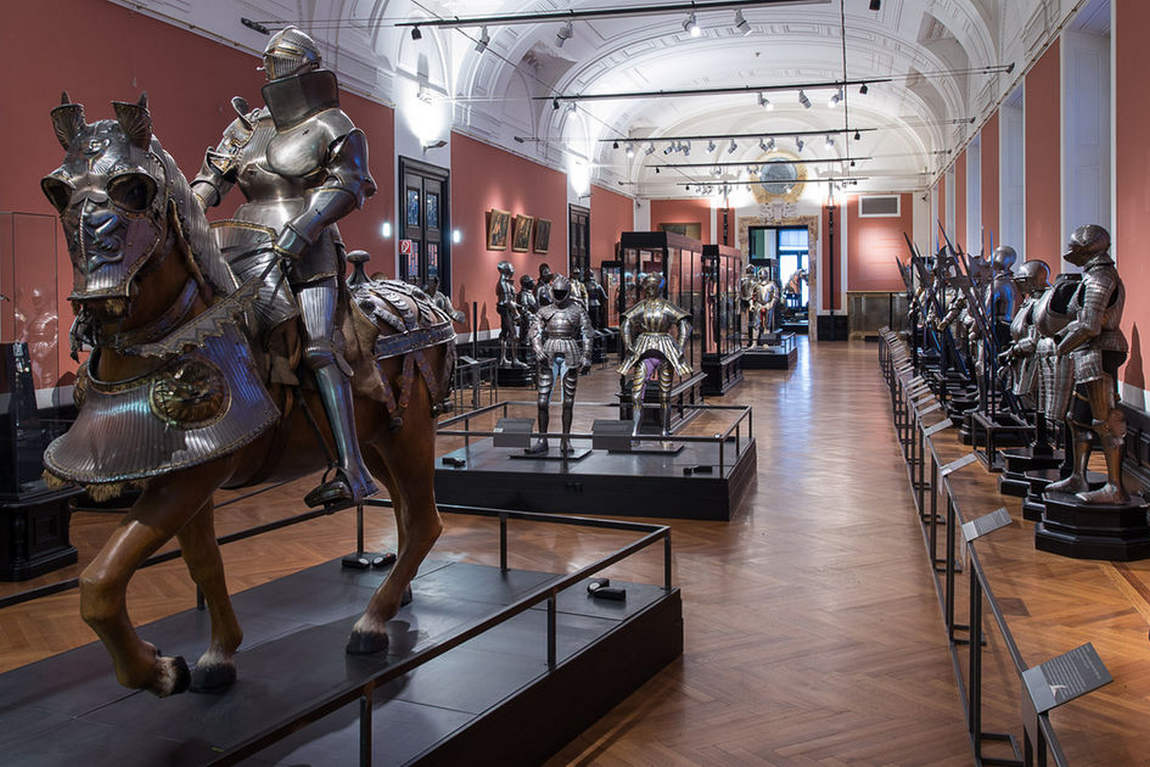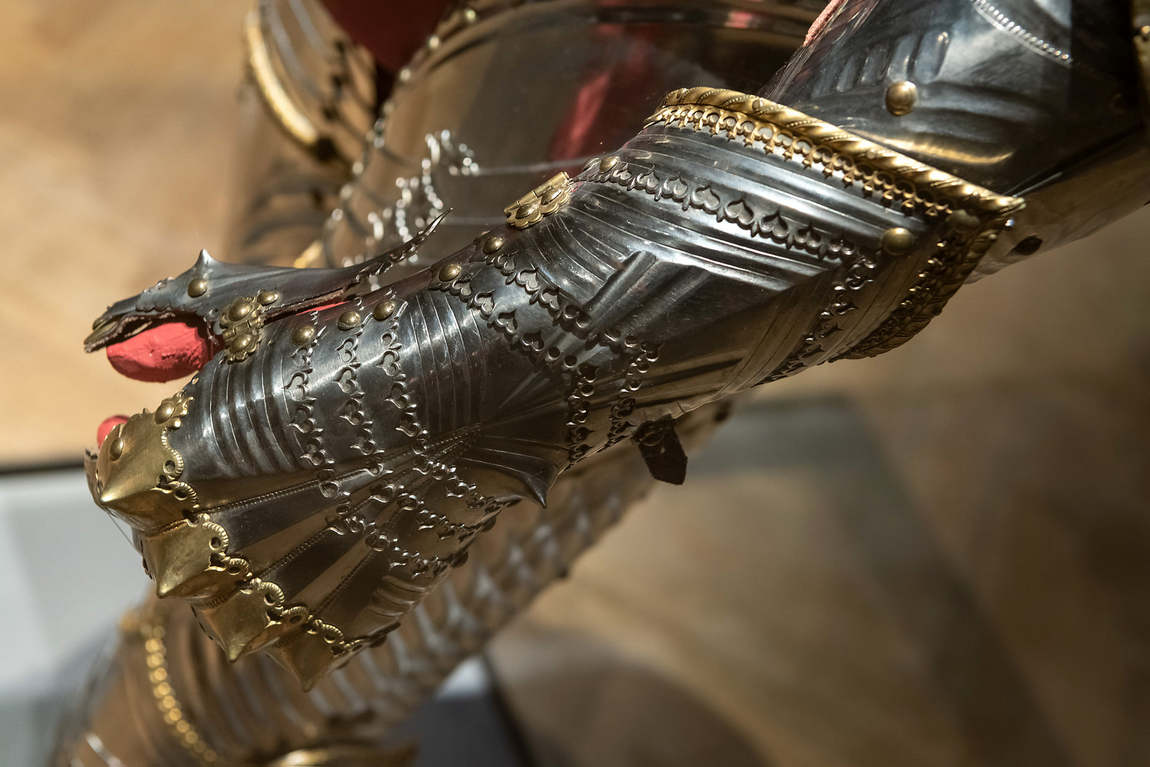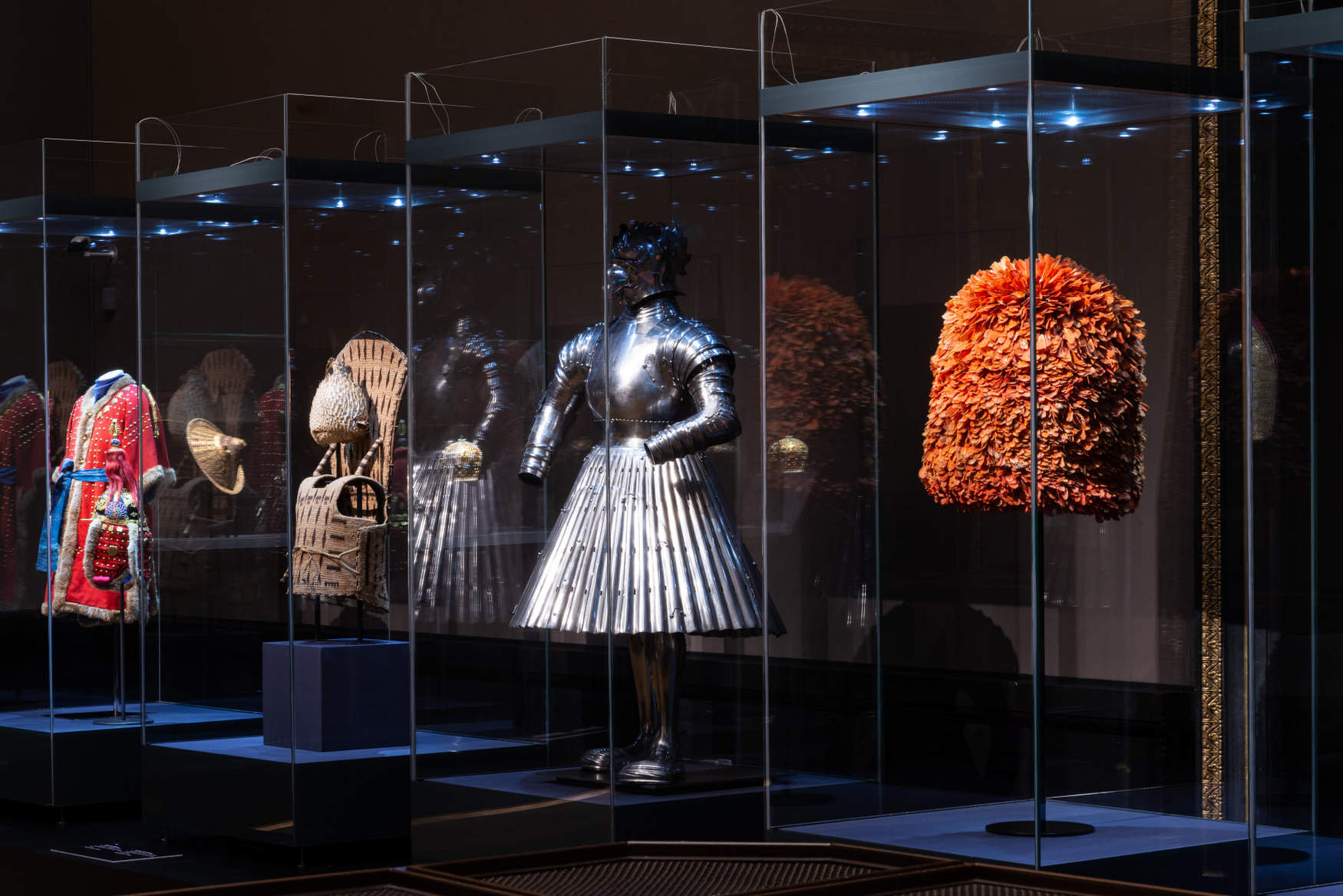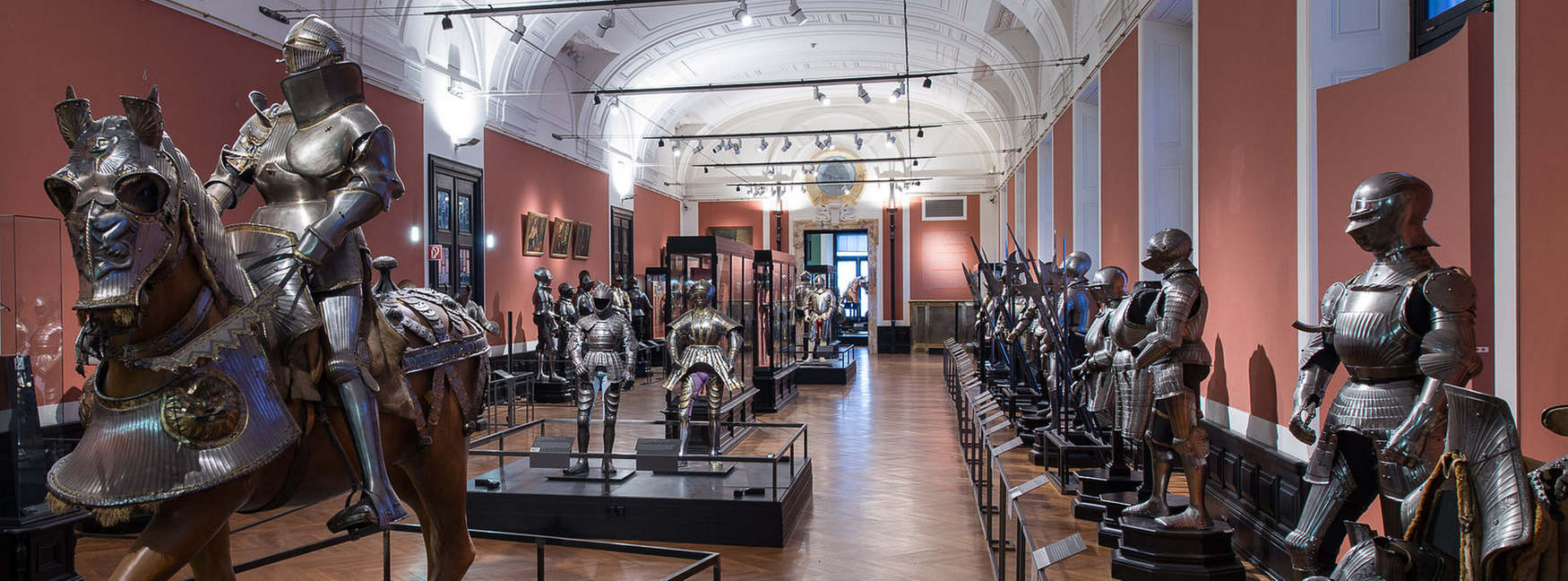What has always interested boys? Guns, of course: ancient, antique, modern, fantastic. So a trip to the world of weapons is one of their most interesting adventures. Especially when they are in a foreign country. The Habsburg Armoury in Vienna is the largest and most complete collection of weapons in Europe.

History of the Armoury in Vienna

At the heart of the collection is the Emperor's personal armoury, where precious armour has been kept since 1436. This is the first dated reference in historical chronicles to the armoury of the Holy Roman Empire of the German Nation. In 1889 the collection was opened to the public as the "Rüstkammer".
The Habsburgs inherited objects from a wide variety of countries: from the old crown lands and their territories, from Bohemia and Hungary, from Galicia and various Balkan regions, from the territory of the present-day Benelux countries, from the provinces of present-day France such as Burgundy, Alsace and Lorraine, and finally from Spain and large parts of Italy.
Diplomatic relations and military conflicts expanded the collection with objects from the Middle East, ranging from the enemy Turks to the Persians and Egyptians who periodically allied themselves with the Habsburgs.
During the Napoleonic occupation, the Ambras collection was moved to Vienna in 1806 as the private property of the Emperor. In 1889 the arms collection was inaugurated as the first collection of the Kunsthistorisches Museum in Vienna. At the end of the First World War in 1918, the Kunsthistorische Sammlungen des Allerhöchsten Kaiserhauses became the property of the Republic of Austria.
Today the collection contains no less than a thousand different items, ranging from chain mail, spearheads and javelins to weapons from the time of Emperor Franz Joseph. The Armoury is housed in eight large halls in the New Palace of the Hofburg.
The main collections of the Habsburg treasury

The Chamber of Court, Hunting and Defence Arms presents three collections:
- The Chamber of Personal Armour of the Habsburg Emperors;
- Court arms and arms for hunting;
- the armoury of Archduke Ferdinand of Tyrol.
Ferdinand is known to have been a passionate collector, and he had two secretaries who were constantly on the lookout for interesting weapons.
What's interesting for children

Does your child dream of the Middle Ages? Does he see himself as a knight fighting for the heart of a beautiful lady? He or she will love wandering among the unique antique exhibits in the Armoury.
He'll see the gold-encrusted armour of the Habsburg dynasty, a collection of knightly accessories dating back hundreds of years, and learn the truth about the manufacture of firearms. The armour of Ferdinand of Aragon himself and the golden sword of Maximilian II are kept here.
Parents should bear in mind that the tour of the eight halls of the Armoury is adapted for children, so they can safely take their children to the museum. The many types of ceremonial weapons and firearms, inlaid with stone and decorated with fine carvings, the armour of medieval knights and even the saddles of horses tell the story of the most important political events of the time.
The whole story of coronations, military campaigns, Imperial Assemblies, oaths of office and even marriages of crowned heads will be presented to you. The story is told through the unique exhibits in the Vienna Armoury.
The museum not only houses Habsburg armour, but also that of almost every Western European dynasty. Truly, no collection in Europe is older or richer! Your young dreamers will be dumbfounded by the variety of weapons from all periods.
Patterns, imaginative shapes, unusual sizes of the exhibits — be prepared for the feeling of being fully present in the ranks of medieval soldiers and horsemen. Boys will be particularly interested in the children's size knight's armour. In the old days, it was considered a great honour and a sign of great grace to receive such a gift at a christening.











